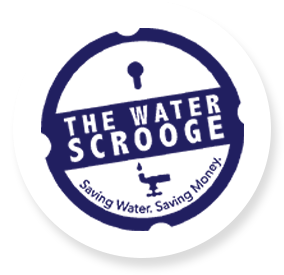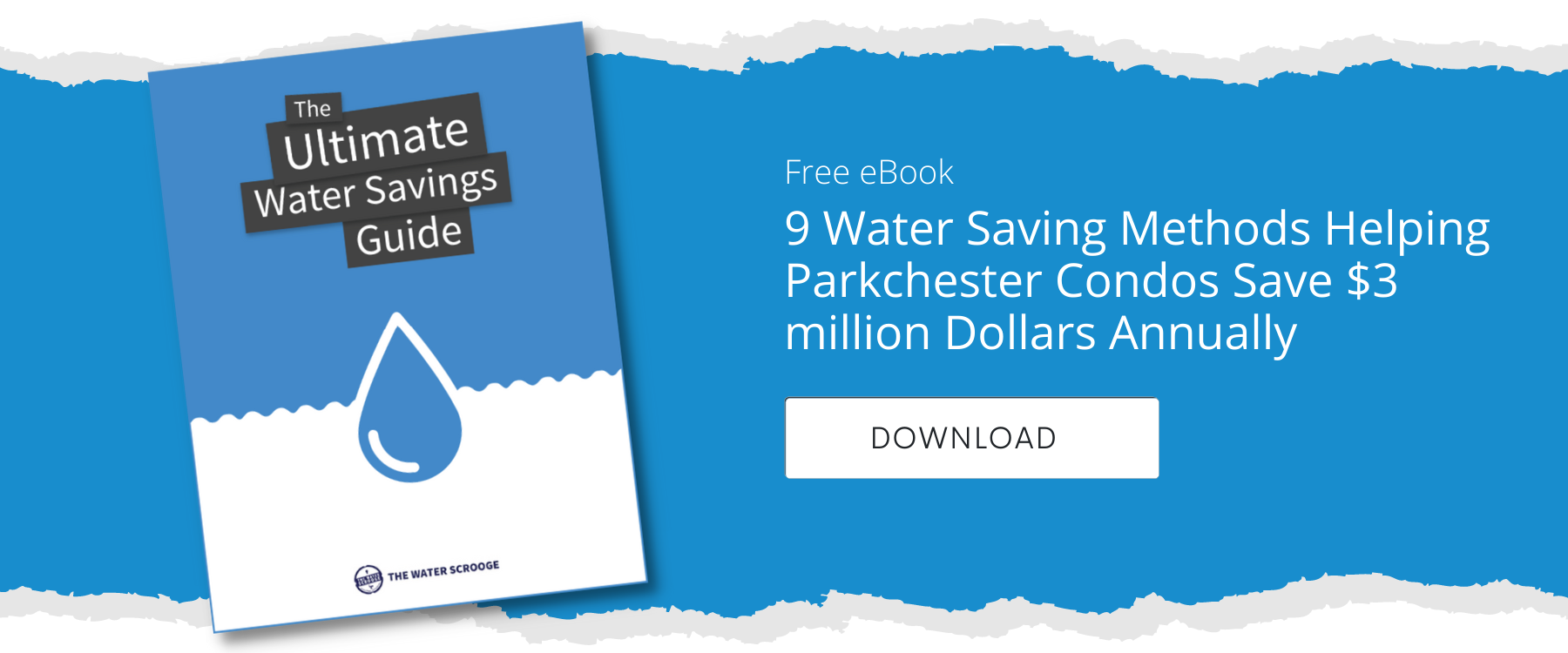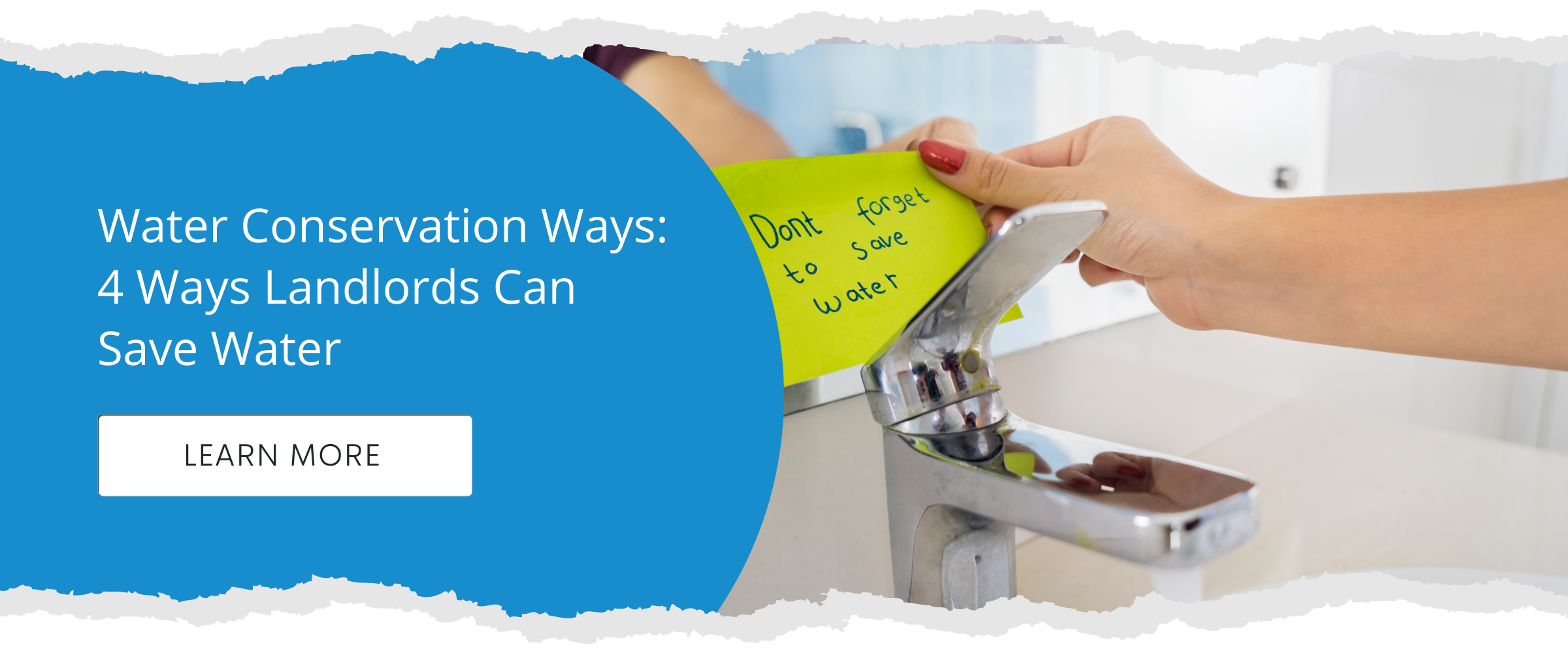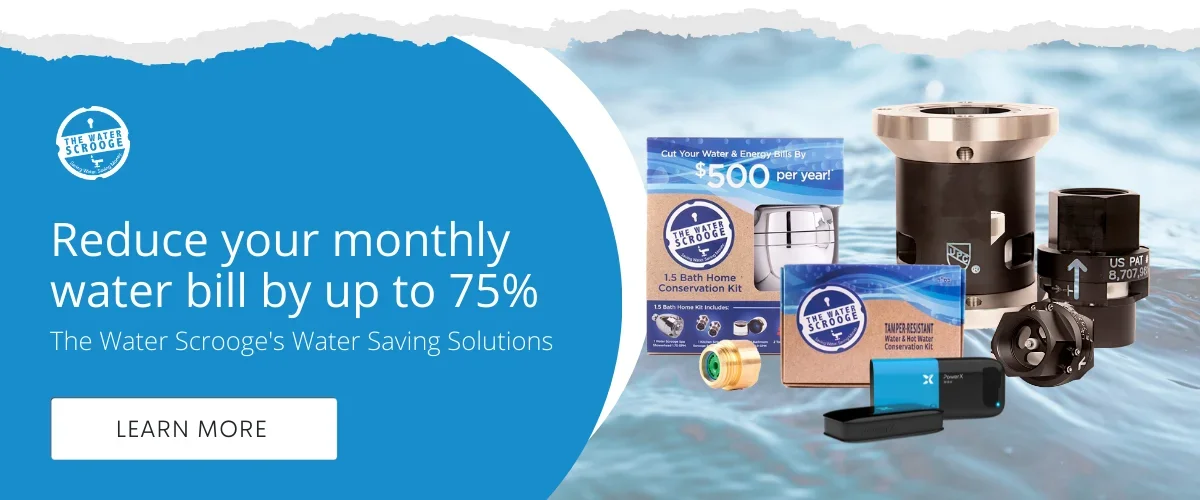5 min read
What are the Growing Trends in Water Conservation
![]() David Schwartz
May 24, 2022 12:23:05 PM
David Schwartz
May 24, 2022 12:23:05 PM
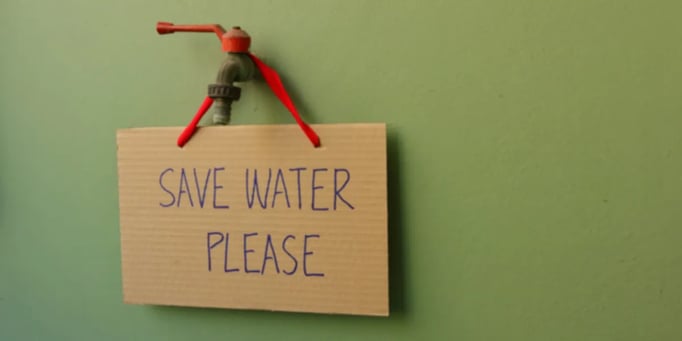
If you're reading this, it means you care. And that's a start.
When people say: - "We've come so far," I tend to ask many questions.
We, as the human species? In what terms? Technologically speaking? Medicine-wise?
Of course, absolutely.
Still, Sumerians have come so far. Mayans. Ancient Greece. Our modern society? Sure, if we consider the very edge of self-collapsing existence our proudest achievement.
We have somehow forgotten to appreciate each other, ourselves, and at the very core - the things that gift us life.
The feeling of elation overcomes us as we imagine what life would be like on Mars or any other inhabitable planet. We are adventurers. We think outside the box.
Good.
What about our home? What about Earth? What about our water?
Read on for growing trends in water conservation and how you can help change the course.
- Water Conservation in Agriculture
- Water Desalination
- Buy Less
- Collect Water
- Flow Controllers
- Leak Detection Equipment
- Toilet Leak Detection
- Water Flow Management
On a Large Scale
Clean water scarcity is not a hypothetical problem of the future; it's already here. The current human population has reached a staggering 7.9 billion as of April 2022. By the year 2050, it's expected to exceed 9.8 billion. The question lingers: Will there be enough water for all of us? The answer does not sound encouraging.
Understanding Interconnectedness
Fact time. 97% of Earth's water comes from giant bodies - oceans and seas.
Can we drink saltwater? No.
3% of our water is considered freshwater, yet again, only 0.5% is actually for drinking. We find the remaining 2.5% in soil, our atmosphere, glaciers, and the non-tangible.
Now, let's do the math. We use 70% of our drinking water (freshwater) for crop irrigation purposes alone. What does it leave us, then? The more mouths this planet has to feed, the more water it will require. The more water it needs, the less we have to drink. So, if we can't control the ever-growing population, we must learn to conserve what is to become "our liquid gold."
Growing Trends in Water Conservation
(concerning agriculture)
Traditional methods of irrigation are obsolete. Groundwater and surface water are used in agriculture through canals, tanks, and wells. This outdated way of irrigation causes waterlogging in certain areas due to unequal distribution and an overall wasting of the water.
Modern irrigation systems - drip irrigation and sprinklers use half of the water used by traditional methods. The dripping system is considered the most reliable and fruitful regarding water utilization - up to 95% due to no evaporation process. Using water flow meters significantly reduces overwatering.
Fines and Restrictions
We're starting to see a change. California, Nevada, and Texas practice water conservation measures through prohibitions and water use restrictions (runoffs, leaks, irrigation during rainfall, etc.). At the same time, England, Scotland, Northern Ireland, and Whales have introduced "hosepipe bans" - temporary water use restrictions. If you're hosing down your driveway or enjoy overwatering your lawn as a California resident, you'll pay a $500 fine.
Water Desalination
If we're talking about growing trends in water conservation, desalination offers a glimmer of hope. Governments and scientists worldwide are working around the clock to find the best possible solution to converting ocean water into drinking water.
Still, numerous obstacles are getting in the way. Being energy-intensive, desalination can increase fossil fuel dependence, further contributing to greenhouse gas emissions and augmenting the dark sides of climate change. Membrane-based form of desalination is considered to be the most sustainable and energy-friendly.
On a Small Scale
Everyone has that one friend who refuses to face and accept climate change for what it is - not a fabrication and by no means just a theory, only the ugly reality with potential grave consequences for humanity. If they're selling water conservation myths, we're not buying them.
What We Can Do As Individuals
Take responsibility. Set an example for others to follow. Be proactive. Every change matters, no matter how insignificant it may seem. Don't let anyone tell you otherwise.
Toilet Habits
If you're dreading the thought of a compost pile - it's okay; there are still ways to manage water usage.
-
Your toilet is not a trash bin, and you're just wasting precious water. Use napkins, cigarette buds, and dinner leftovers for compost. Don't flush.
-
Go low or dual flushing. 1.6-gallon models decrease water consumption by 70%.
-
Install an adjustable toilet flapper. Have control over the flush rate.
Shower Routines
Invest in water-saving showerheads. Inexpensive, they aerate the water and regulate the flow, drastically reducing water consumption.
5 to 10 gallons are spent every minute in the shower; with "low-flow" showerheads, the average consumption is under 2.5 gallons.
Shorter shower time and turning off the tap while soaping up can save a tremendous amount of water. Or you can take a bath. Fill a tub (not all the way, though) and save the planet.
Don't forget to
-
Check for any leaks in your faucets, pipes, and toilet.
-
Turn off the water when you brush your teeth.
-
Use your dishwasher instead of hand washing the dishes.
-
Turn off your faucet while preparing meals.
-
Use a broom in your backyard, not a hose.
-
Cover your swimming pool to prevent evaporation.
Buy Less
According to moving professionals at brooklynmoversnewyork.com, younger adults moving houses tend to own fewer material possessions. We say kudos. Whether it be clothing, electronic equipment, or household goods, you accumulate a water footprint by purchasing a product.
The less you buy, the smaller your footprint becomes.
Collecting Water
Rainwater harvesting is trending. Oldies, but goodies, as they say.
The system collects the water from your roof and stores it underground (Aquabanks or Raintraps) or in tanks above the surface. The rainwater can be used for bathing, laundry, cooking, watering your garden, flushing your toilet, or composting.
If you start harvesting and reusing the water, you won't need a water-saving calculator; that's a promise.
Using Water Conservation Solutions
How do you use your water resources? Do you save wastewater? How much water do you consume (or waste) every day? Learning how to lessen or eliminate water wastage can have a significant impact on the environment.
Fortunately, there are several methods of water conservation that we can implement to combat water shortages, lessen your economic footprint and, in all - save water.
Here's how:
1- Flow Controllers
Flow controlling systems are designed to regulate flow rates, so water isn't wasted - A good example is The Water Scrooge™ Shower Flow Controller.
The Water Scrooge™ patented shower flow controller is a small device that gets attached to the shower fixture behind the wall without tampering with the wall. (it's genius, we know 😉).
The patented shower flow controller regulates the flow of water and hot water by decreasing the amount used with each shower a tenant takes. This is the only effective, long-lasting solution
for saving WATER & HOT WATER in showers of multi-unit dwellings.
2- Leak Detection Equipment
Basic leak detectors are battery-operated discs or small boxes that can easily be installed and placed on the floor where you could suspect a possible water leak and then send an electronic signal when they come in contact with liquid.
A new solution that is revolutionizing the leak detector market is The Water Scrooge™ Leak Detection System.
This revolutionary, non-invasive smart sensor tracks your water consumption. The Water Scrooge™ Leak Detection System attaches to your water pipes and, through ultra-sonic rays, knows how much water you're using/wasting. No cutting pipes and no plumber are required.
The Water Scrooge™ Leak Detection System shows your water usage and what it's costing you.
3- Toilet Leak prevention Devices
A leaking toilet is the most common cause of water waste at home. More often than not, you're simply completely unaware of the leak’s existence.
The Toilet Scrooge™ Leak Prevention Device prevents toilet leaks instead of just detecting them (unlike leak detection solutions).
The Toilet Scrooge™ device controls water flow by allowing water to flow to the toilet only when a user is present. The sensor tells the valve when to open, allowing water to flow to the toilet. After the user leaves, the valve closes, which prevents water from continuing to flow to the toilet!
No water flow = No continuous leaking, Genius!
4- Water Flow Management
Using water conservation technologies such as a water flow management device, like The Water Scrooge™ SMART VALVE™.
The SMART VALVE™ water flow management device compresses the air in the water delivery pipes, eliminating its volume before it reaches the water meter—the meter no longer measures it, and you are billing less for the same water used!
The SMART VALVE™ is designed to be installed in an existing pipe joint on the USER side of the water meter. The valve is made in flanged and threaded configurations according to your water pipes design.
What Matters
"Where there's a will, there's away." We as humans like to see immediate results when we put our effort into something.
Adjusting your daily routine might not satisfy the need for that instant gratification, but this is a long game we're playing. Just by correcting a few of our habits and following the growing trends in water conservation, we buy a little more time to make amends with nature.
The Water Scrooge™ Conservation Solutions
Consider these water conservation tips. Whether you're looking to save water or money, there are plenty of ways to conserve water without making major changes to your units with Water Scrooge™'s innovative and non-invasive technology!
Learn more about how much water you can save with our water savings solutions.
